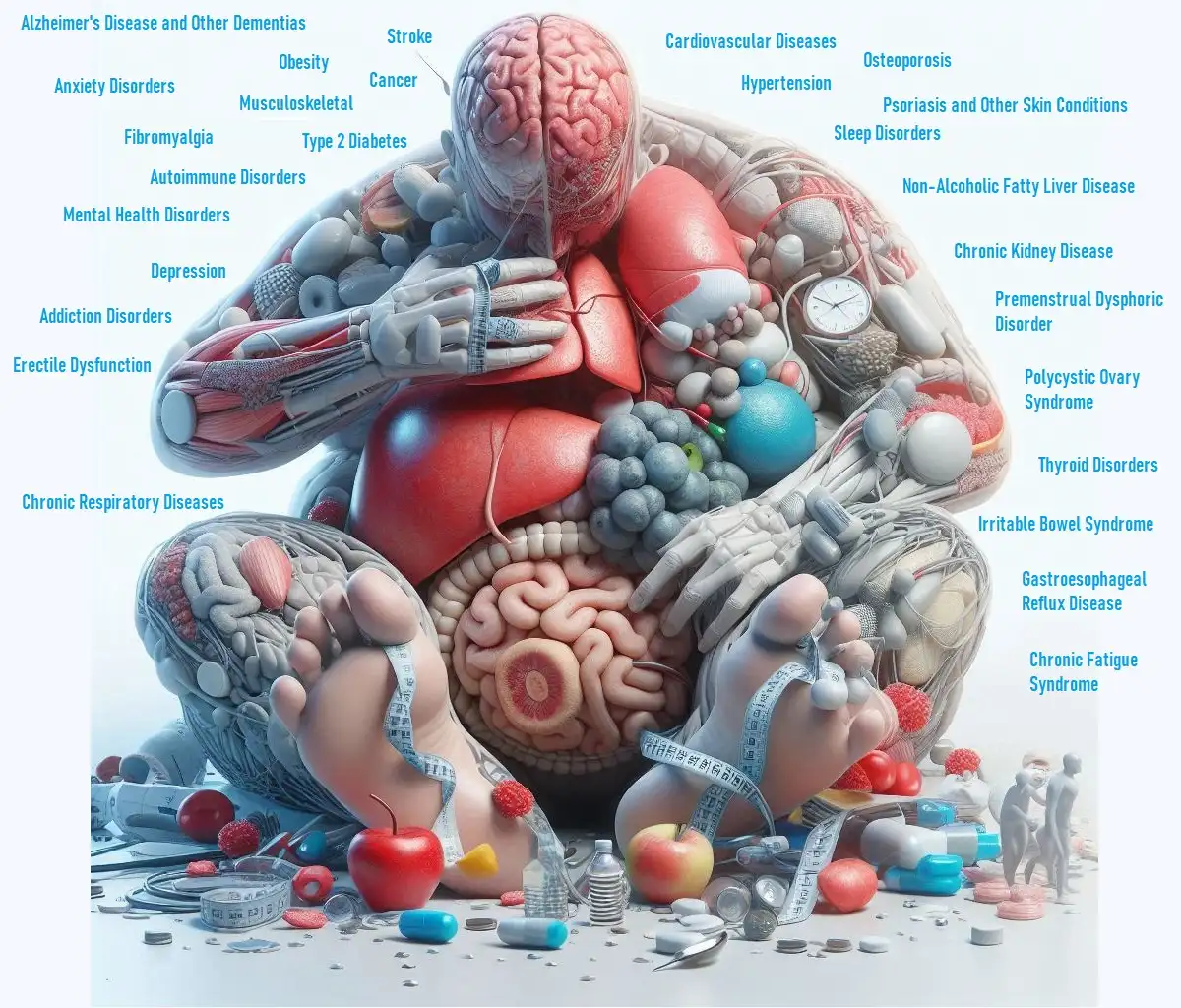
Stroke is a serious health event that can have lasting impacts on your life. Understanding how to prevent and manage stroke effectively is crucial for maintaining overall health and well-being. In this article, we’ll explore the role of antioxidants, the challenges of aphasia, the impact of diabetes, the use of aspirin, and the effects of emotional lability related to stroke.
Key Takeaways
- Antioxidants: These compounds can help reduce stroke risk by protecting cells from damage.
- Aphasia: Stroke can lead to aphasia, affecting communication, but there are ways to manage and improve it.
- Diabetes: This condition significantly increases stroke risk, making blood sugar control essential.
- Aspirin: Often recommended to reduce stroke risk, but it’s important to use it correctly and under medical guidance.
- Emotional Lability: Stroke can cause sudden emotional changes, which can be managed with support and therapy.
Role of Antioxidants in Stroke Prevention
What Are Antioxidants?
Antioxidants are molecules that help protect your cells from damage caused by free radicals—unstable molecules that can harm cells and tissues. Common antioxidants include vitamins C and E, selenium, and flavonoids found in fruits and vegetables.
How Antioxidants Help Prevent Stroke
- Protecting Blood Vessels: Antioxidants help reduce inflammation and oxidative stress, which can prevent damage to blood vessels, a key factor in stroke risk.
- Reducing Clot Formation: By decreasing oxidative stress, antioxidants can help reduce the likelihood of blood clots forming, which are a primary cause of strokes.
Incorporating Antioxidants into Your Diet
- Fruits and Vegetables: Eat a variety of colorful fruits and vegetables, such as berries, oranges, spinach, and bell peppers.
- Nuts and Seeds: Include nuts like almonds and seeds like flaxseeds in your diet for a boost of antioxidants.
- Whole Grains: Opt for whole grains like oats and brown rice, which are rich in antioxidants and fiber.
Stroke and Aphasia: Managing Communication Issues
What is Aphasia?
Aphasia is a condition that affects your ability to communicate. It can occur after a stroke and impact speech, writing, and understanding of language.
Managing Aphasia
- Speech Therapy: Working with a speech-language pathologist can help improve communication skills through targeted exercises and strategies.
- Communication Aids: Use tools like picture boards or digital apps to aid communication.
- Support Systems: Engage with family and friends who can provide patience and support, creating a supportive environment for communication.
Real-Life Example
John, a stroke survivor, found that regular sessions with his speech therapist and the use of communication apps significantly improved his ability to express himself, making daily interactions more manageable.
Impact of Diabetes on Stroke Risk
How Diabetes Affects Stroke Risk
Diabetes increases stroke risk by damaging blood vessels and increasing the likelihood of clot formation. High blood sugar levels can lead to atherosclerosis, where arteries become clogged with plaque, raising stroke risk.
Managing Diabetes to Reduce Stroke Risk
- Blood Sugar Control: Monitor and manage blood sugar levels through diet, exercise, and medication as prescribed by your healthcare provider.
- Healthy Eating: Focus on a balanced diet with plenty of fiber, lean proteins, and healthy fats to help control blood sugar levels.
- Regular Exercise: Engage in regular physical activity to improve blood sugar control and cardiovascular health.
Example
Lisa, who has diabetes, reduced her stroke risk by adhering to a strict diet plan and exercising regularly, resulting in better blood sugar management and overall health.
Role of Aspirin in Stroke Prevention
How Aspirin Helps Prevent Stroke
Aspirin can reduce the risk of stroke by inhibiting blood clot formation. It works by making blood cells less likely to clump together, which helps keep arteries open.
Using Aspirin Correctly
- Medical Advice: Always take aspirin under the guidance of a healthcare provider, as it’s not suitable for everyone and can have side effects.
- Dosage: Follow the recommended dosage and instructions to ensure effectiveness and reduce risks.
- Regular Check-Ups: Regularly review your aspirin regimen with your doctor, especially if your health conditions change.
Real-Life Application
Mark was prescribed aspirin after his doctor evaluated his stroke risk factors. By following his doctor’s advice, he successfully managed his stroke risk while minimizing potential side effects.
Stroke and Emotional Lability
What is Emotional Lability?
Emotional lability refers to sudden and unpredictable emotional changes. After a stroke, individuals may experience intense emotions, such as crying or laughing uncontrollably, often without a clear reason.
Managing Emotional Lability
- Therapy and Counseling: Engage in counseling or psychotherapy to help manage and understand emotional changes.
- Support Networks: Build a support network of family, friends, and support groups to provide emotional stability and understanding.
- Medication: In some cases, medication may be prescribed to help manage emotional symptoms.
Example
Anna, a stroke survivor, found relief from emotional lability through a combination of therapy and medication, which helped her regain emotional balance and improve her quality of life.
Conclusion
Managing stroke risk and recovery involves a multifaceted approach. From incorporating antioxidants into your diet and understanding the role of aspirin, to managing diabetes and emotional lability, taking proactive steps can make a significant difference in your health. Regular consultations with healthcare professionals and a supportive network are key to navigating stroke prevention and recovery effectively.
For further information on stroke prevention and management, visit the American Stroke Association and the National Institute of Neurological Disorders and Stroke. These resources offer valuable insights and support to help you maintain your health and well-being.















